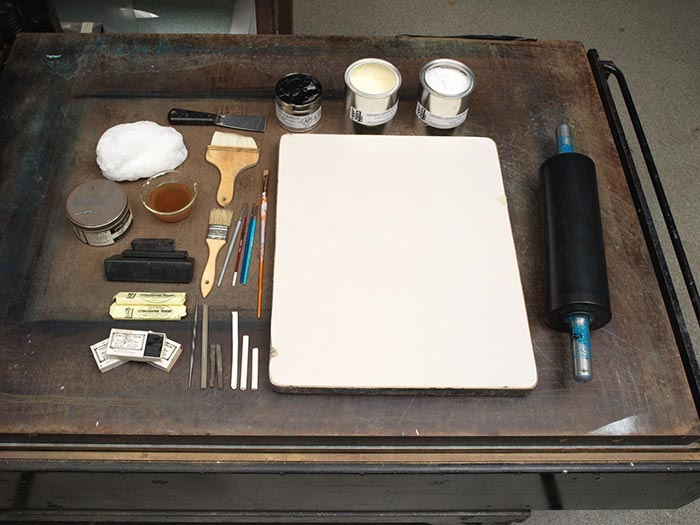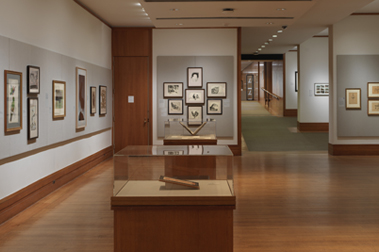The Darktown Fire Brigade -- Under Full Steam: Now den Squirt, for all Shes Wuff.
Publisher Currier & Ives American
Not on view
The late nineteenth-century Darktown prints by Currier & Ives depict racist stereotypes that are offensive and disturbing. The Metropolitan Museum of Art preserves such works to shed light on their historical context and to enable the study and evaluation of racism.
This Darktown scene presents caricatured Black (African American) figures. A fire brigade (seven men dressed in red shirts, blue pants, boots and fire helmets) are attempting to put out a blazing fire destroying a building, and to rescue its inhabitants. At left, at the back of a steam pump wagon contraption, a fireman stands with a load of logs on his right shoulder, and uses his left hand to feed wood into a stove (to heat a kettle and the pump powering the water hose). Seated at tjhe wagon's front, another firefighter aims the hose towards the flames, but instead squirts the backside of a woman (dressed in a white nightgown and nightcap) escaping down a ladder. At right, a fireman is exiting the doorway with a baby in each hand. In the right foreground, a firefighter has saved a woman (dressed in a red/white striped skirt and white blouse), who rides on his shoulders; they are being followed by a half-naked woman (wearing only white pantaloons, and a straw hat adorned with flowers), and a man (dressed in a red/white striped shirt, brown patched pants, and a white hat with a black band), who carries two long pipes. In the background are three other firefighters, one being the chief with the fire horn in his upraised left hand (who is encouraging the one aiming the fire hose). The title and caption are imprinted in the bottom margin below the image.
Nathaniel Currier (1813–1888), whose successful New York-based lithography firm began in 1835, produced thousands of prints in various sizes that together create a vivid panorama of mid-to-late nineteenth century American life and its history. People eagerly acquired such lithographs featuring picturesque scenery, rural and city views, ships, railroads, portraits, hunting and fishing scenes, domestic life and numerous other subjects, as an inexpensive way to decorate their homes or business establishments. As the firm expanded, Nathaniel included his younger brother Charles in the business. In 1857, James Merritt Ives (1824–1895), the firm's accountant since 1852 and Charles's brother-in-law, was made a business partner. Subsequently renamed Currier & Ives, the firm continued via their successors until 1907.

